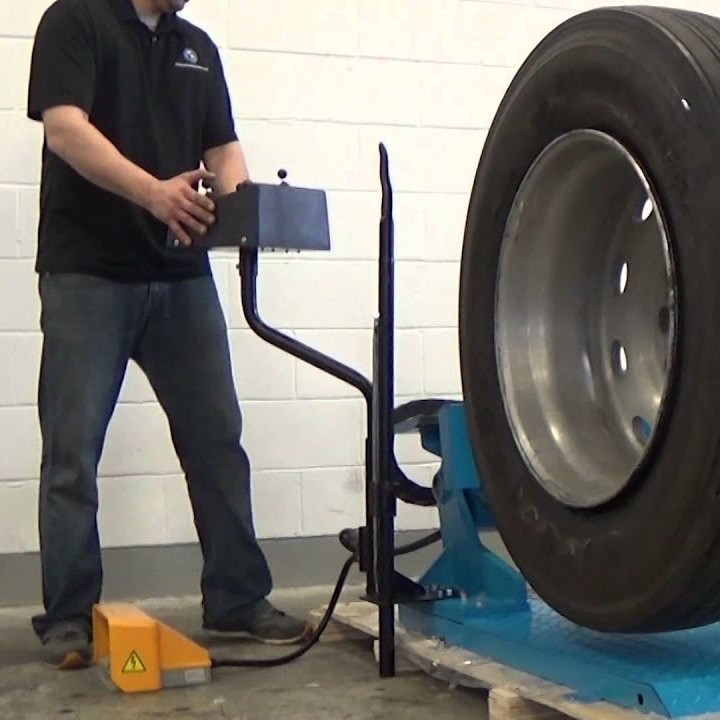Driving on worn or old tires with little to no tread is not safe, especially if you are driving in the rain, sleet, snow or ice. Face it, buying new tires isn’t something one looks forward to, especially given the current state of the economy.
But eventually, you will have to replace your current tires so you will want to find the cheapest tires Canada. You want to buy quality tires, but you don’t want to spend a lot of money. Continue reading to find tips on how to decide if you need new tires.
Tips for Replacing Your Tires with Cheapest Tires Canada
Determine If You Definitely Need New Tires
It is always wise to check the condition of your current tires before purchasing new tires, especially if you are looking for the cheapest winter tires in Canada.
Is your car not stopping safely when you hit the brakes? Do you notice that your car is pulling more to one side? Is your car skidding, slipping or sliding?
Before you purchase new tires, you need to inspect your tires for worn or uneven tread as well as check the tire pressure on all tires.
How to check to see if your tires have enough tread
Use this tried but true test to see if your current tires have enough tread before you replace them with the cheapest tires in Canada.
Insert a coin with the heads side image headfirst into the part of your tire that is the most worn. It is time to replace your tires if you see the top part of the head. It is imperative to replace worn tires as soon as possible as they can lead to blowouts or accidents.
Keep in mind that tires have a limited lifespan when it comes to safety. Look on the sidewall of your tires to locate the date it was manufactured. You should have your tires inspected every five years. Ten years should be the maximum lifespan for tires for safety reasons.
Purchase the Right Type of Tires for Your Vehicle
Not only do you need to find the right size tires, but you also need to take into consideration what type of driver you are, the distance you drive, the minimum requirements of your vehicle, the weather conditions in which you will be driving and the type of surface on which you most often travel.
Your tires have to be sturdy enough to steer your car confidently, provide you car with maximum grip and carry the weight of your vehicle…regardless of the weather conditions.
While most cars come equipped with all-season tires, some are only sold with summer tires. These do not provide enough grip for winter or wet weather conditions. Therefore it is imperative that you purchase tires that are capable of handling any type of weather. Check your owner’s manual or the placard located behind the driver’s side on the door pillar to find out the minimum requirements for the tires for your specific vehicle. This should also indicate what the air pressure should be on your tires for optimal safety when driving.
Types of tires:
- All-season tires: This is the most common type of tires sold in Canada and is usually equipped on most standard vehicles. However, they only provide a modest amount of traction and are not as safe as winter tires if you are driving during rainy, snowy or icy road conditions.
- Summer Tires: These tires are most popular on sports cars as they have the best grip for high speed and dry road conditions. However, they are not ideal for cold, snowy or wet surfaces.
- Winter Tires: Manufactured of pliable rubber compounds designed to withstand colder weather, winter tires have more slits and a deeper tread to allow your car to safely maneuver rain, ice and snow. However, they are not recommended for year-round use.
Shop for Cheapest Tires Canada
There are dozens of places to purchase tires in Canada and each one has its pros and cons. You want to purchase your tires from a place that you trust as well as one that has the cheapest tires in Canada without compromising on the quality.
You should look for online reviews, both on the seller’s site and on other sites as well (such as Angie’s list). You might find cheap tires online or at a retail location, but they might be of poor quality, which can compromise your safety, as well as incur additional costs down the line. Always make sure that you are getting safe, quality tires as well as a good price to ensure your safety and the lifespan of your tires.

